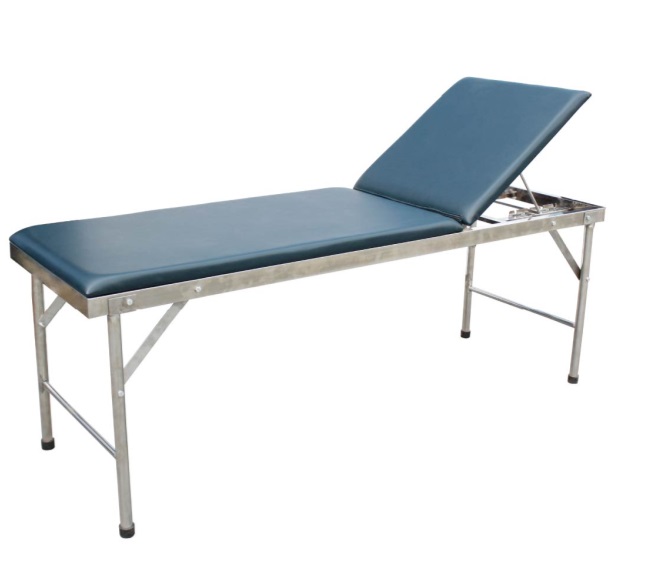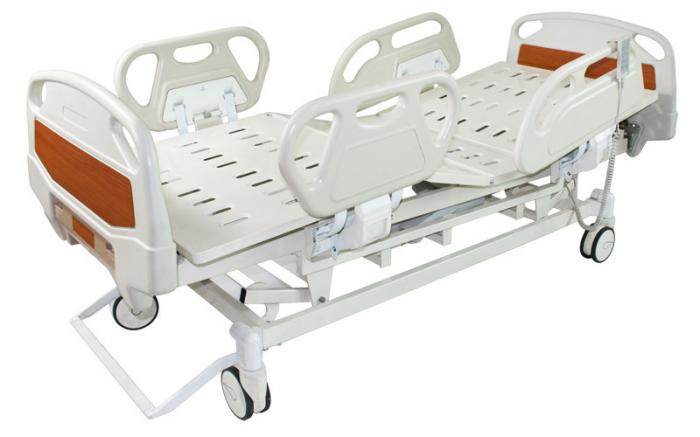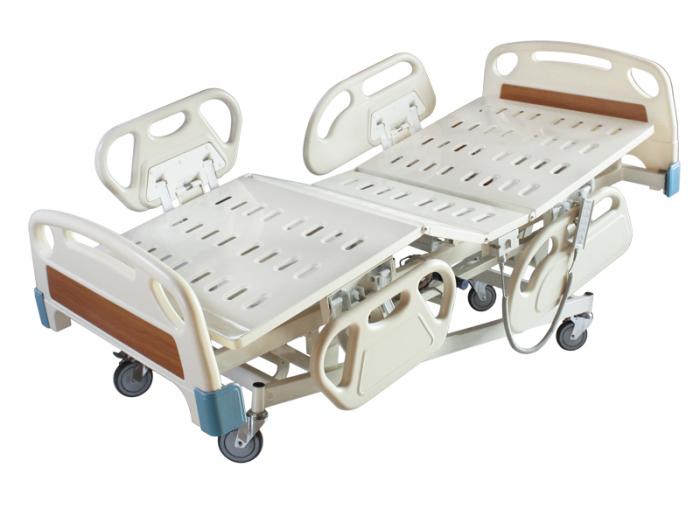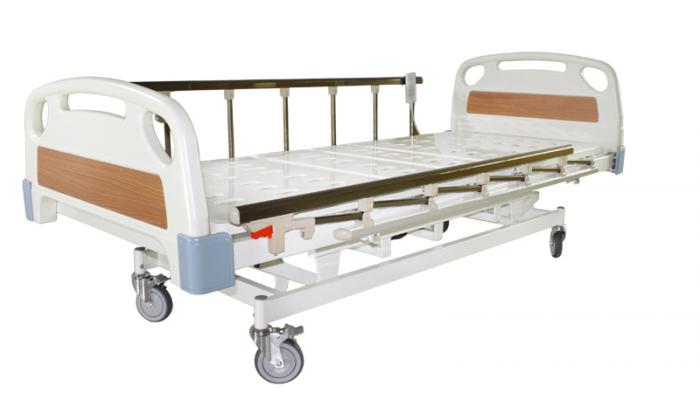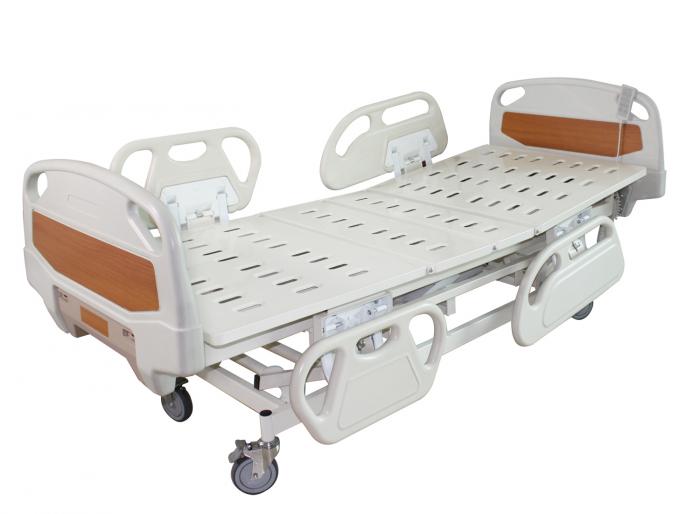| Name: | Examination Bed |
|---|---|
| Model No.: | BES-HB059 |
| Product Name: | Examination Bed |
| Brand: | BESCO |
| MOQ: | 50 units |
| Keywords: | Examination Beds,Medical Exam Tables & Customizable Patient Support,Electric Examination Beds |
| Sample: | Available |
| Lead time: | 25 days |
| Payment Term: | T/T in advance |
| Country of Original: | China |
| Weight Capacity: | 200 kgs |
| Port of Loading: | Guangzhou |
| Port: | Guangzhou |
| Office: | Zhengzhou,China |
Products Description
Back-rest Examination Bed
Function:Back-rest tilting 15º, 28º, 36º, 42º.
Material:Stainless steel
Standard accessory:30mm leather cover mattress
| Dimension | L1900*W600*H700 |
| Material | stainless steel, leather cover |
| Back-rest adjustment angle | 15º, 28º, 36º, 42º |
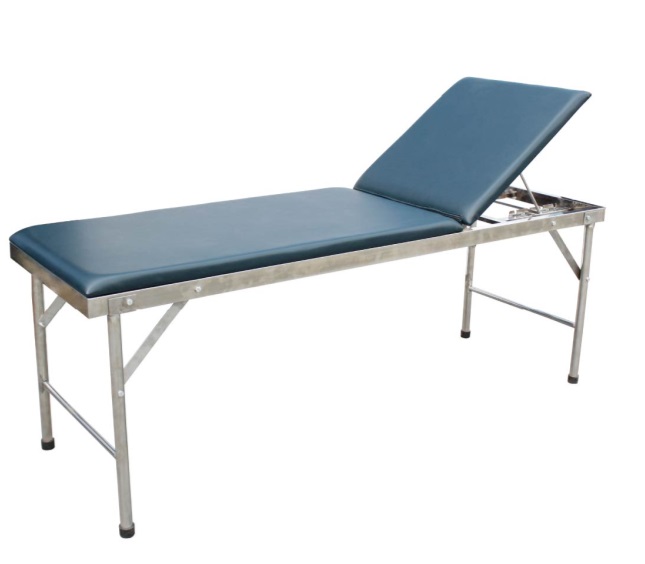
An examination bed, also known as an exam table or couch, is a specialized piece of medical furniture designed to support patients during physical examinations, diagnostic procedures, and minor treatments in healthcare settings like doctor's offices, clinics, and hospitals. These beds are padded for patient comfort and often have features like adjustable height, backrests, and stirrups to facilitate efficient and thorough examinations, ensuring both patient comfort and the healthcare professional's ability to perform necessary tasks.
Key Features and Types
Adjustability:
Many examination beds offer adjustable height and backrest positions, allowing for optimal patient positioning and easier access for healthcare providers.
Padding:
The surface is padded to ensure patient comfort during examinations and procedures.
Specialized Features:
Stirrups: Found on gynecological exam beds, these help support the patient during examinations and procedures.
Footsteps: Some beds include a footstep to help patients, particularly those with limited mobility, get on and off the table safely.
Variations:
Different types of examination beds are designed for various medical specialties, such as general practitioner tables, gynecological beds, and physiotherapy tables.
Uses
Diagnosis and Treatment:
Providing a stable and comfortable platform for patients during physical assessments, consultations, and minor medical procedures.
Patient Positioning:
Allowing patients to be positioned in supine, prone, or side-lying positions to facilitate accurate examinations.
Specialized Examinations:
Facilitating specific examinations, such as gynecological exams, that require specialized equipment like stirrups.
To use an examination bed, position the patient, operate the adjustable mechanisms (usually with handles, levers, or a hand pendant) to raise, lower, or tilt the back and leg rests to the correct height and angle for the procedure, and use stirrups, leg holders, or footrests as needed. The primary goal is to provide patient support and comfort during physical assessments and procedures, while also allowing medical professionals to position the patient for the best view and access.
Patient Positioning & Transfer
Prepare the room: Ensure the examination light is on and necessary medical equipment is within reach.
Position for transfer: If the patient uses a wheelchair, position it parallel to the examination table to allow for a smooth and safe transfer.
Assist patient onto the table: Instruct the patient to use armrests for leverage and to step up with assistance, or have the patient pivot to face the table.
Align the patient: Position the patient comfortably on the padded surface of the exam table, ensuring their body is appropriately supported for the planned procedure.
Adjusting the Table
Adjust height: Use a manual lever or a power button on a hand pendant to raise or lower the entire table to your desired working height. This is crucial for patient safety and to reduce staff injuries.
Tilt the backrest: Locate the lever or button for the backrest and adjust it to the required angle for the examination or procedure.
Extend or adjust legrests: Some tables have pull-out leg rests that can be extended for greater support or can be removed.
Use stirrups: If the procedure requires it, extend and lock the stirrups to the correct position for supporting the patient's legs.
Utilize specialty features: Depending on the table model, you may have access to features like a pull-out step stool, a procedure tray, or a leg section pull-out.
Post-Procedure Steps
Lower the table: After the examination, lower the table to its lowest position for safe patient egress.
Remove the patient: Assist the patient in moving from the table.
Sanitize: Dispose of any disposable materials and clean and disinfect the table's surfaces and upholstery to prevent cross-contamination.
